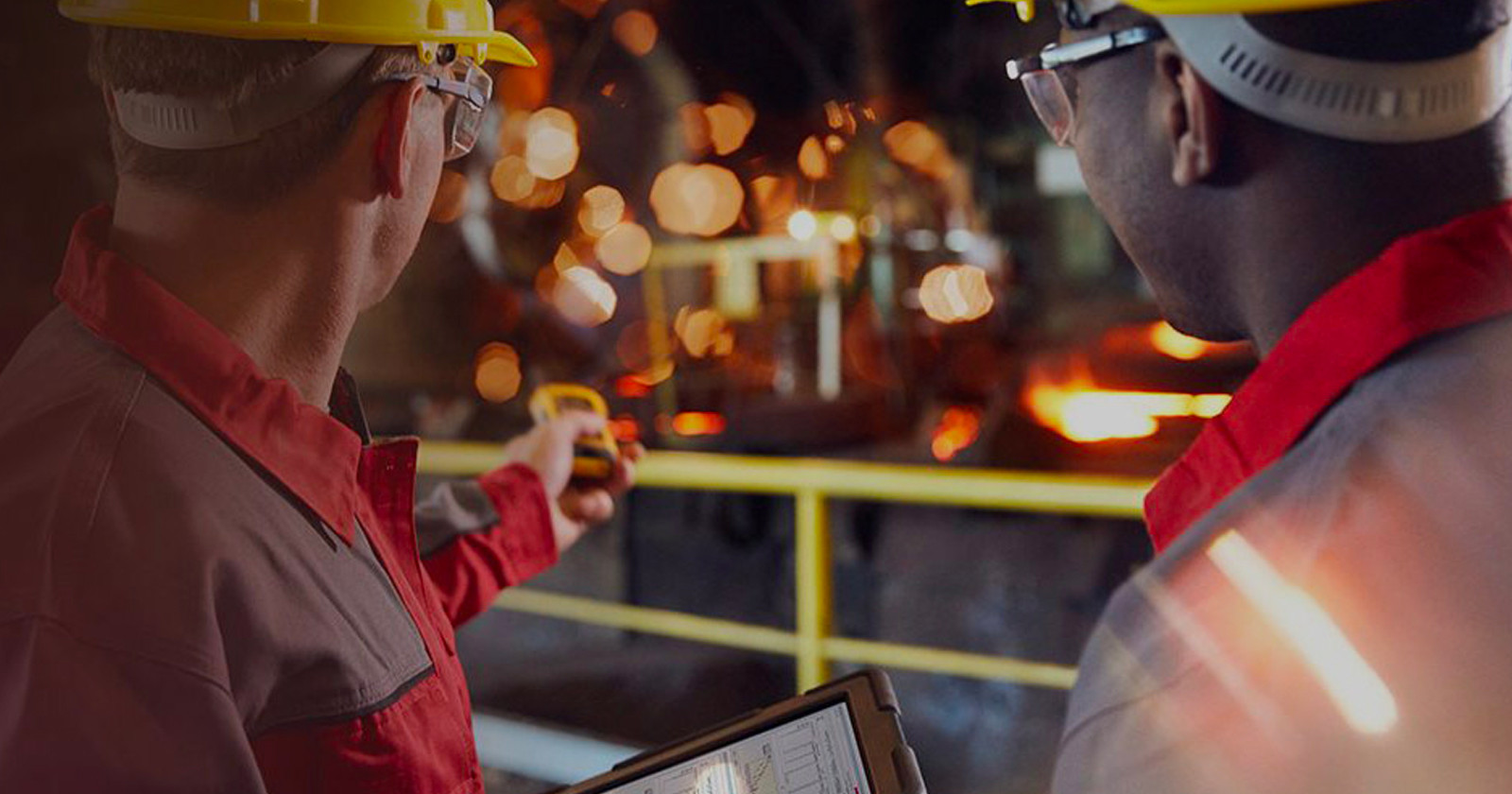With the injection of the new technologies into traditional industrial processes, the modern factory floor will extend to new areas and change the interplay of process roles. This can also enable new operational models as well as new business models.
Data, Automation, Artificial intelligence, Edge computing are the tech terminologies that have entered the factory floor. While automation always has been the core of industrial production, I wonder if the latest cycle of technological advancements is just another round of improved efficiency and productivity? Where is the truly modern factory floor and what does characterize it?
Beyond efficiencies
Well, from what I see among some of the manufacturing companies that I work with, there are indications that the latest round of new technologies can be something more than just the next incremental round of improvements. As the new technologies enable end-to-end production chains and nearly automated supply chains, while also making it possible to run more customized production batches, the production process starts to resemble – software.
Who will be the future winners? The companies that can redesign their operations to seamlessly include the traditional factory roles but with more technology-driven agility, utilizing the power of the cloud, data, and AI is key.
One extended production process
What does a truly modern factory floor look like then? A modern factory floor spans from the actual production facility to the development teams and the cloud support teams – as well as to the artificial intelligence optimizers and data scientists.
The change isn’t about the roles themselves, as most organizations already have the relevant teams in place. Rather, the change is related to how these teams will integrate into one production process, in the same fashion as the old factory floor did when integrating different phases of production for the final result. Here, battery manufacturers are leading the way, because they have managed to automate nearly all production phases end-to-end, even beyond the company.
An operational model change also provides more options for a business model change: business impact-based pricing, business models-as-a-service, and end-user revenue sharing will become more feasible with the operational changes. This would position the factory floor all the way to the footsteps of the end-user of a product, with e-commerce platforms, data-driven production processes, seamless automated supply chains, and Internet-of-Things.
Tech investments needed
To succeed with a modern factory floor, most manufacturers need to invest more in technology. How do we know that? Together with Oxford Economics, Cognizant recently conducted a study of 4,000 C-suite and senior executives, including 285 from the manufacturing industry. You can find the results here.
Among other things, the study revealed that spending on technology among manufacturing respondents will rise from 5.5% of revenue currently, to a predicted 8.5% of revenue by 2023. This is below the cross-industry average. Those manufacturers that understand the criticality of digitizing manufacturing processes, and also the following demand for new levels of digital literacy among the employees, are most likely to thrive in the future.

















